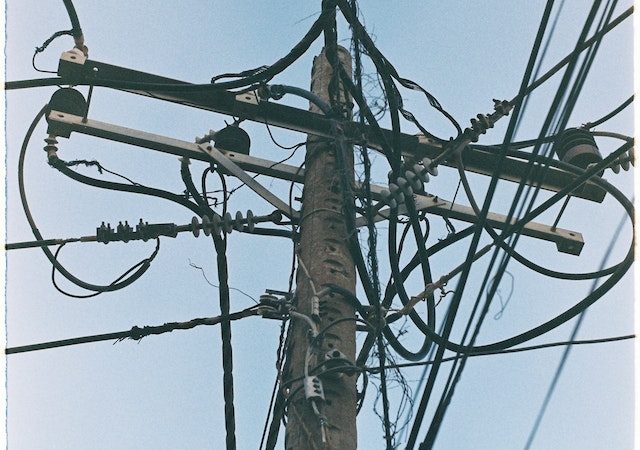Electricity is the lifeblood of modern businesses. Whether you operate a small office or a large manufacturing facility, a reliable electrical system is crucial for your day-to-day operations. When it comes to commercial electrical installation, there’s no room for error. In this blog, we will explore the essential aspects of commercial electrical installation, from planning and design to safety and maintenance.
- Planning and Design
The first step in any successful commercial electrical installation is thorough planning and design. This stage involves determining your electrical needs, creating a blueprint, and ensuring that your electrical system complies with local building codes and regulations. Here are a few key considerations:
a. Load Analysis: Calculate your business’s electrical load requirements. This will help you determine the right capacity for your electrical system.
b. Circuit Layout: Plan how the electrical circuits will be laid out, ensuring that they are well-organized and easy to access for maintenance and future expansions.
c. Energy Efficiency: Consider energy-efficient lighting, appliances, and equipment to reduce operational costs and environmental impact.
- Safety and Compliance
Commercial electrical installations are subject to various safety standards and regulations to protect employees, customers, and the business itself. It’s imperative to prioritize safety throughout the installation process:
a. Code Compliance: Ensure that your installation adheres to local and national electrical codes and standards. This helps prevent accidents and legal issues.
b. Grounding and Bonding: Proper grounding and bonding are essential to prevent electrical shock and fires. Grounding provides a path for electrical faults to safely dissipate.
c. Emergency Systems: Install backup power
